Yobitsugi – Inspiration To Design
- 22 Apr 2023
- By Deshal Shah
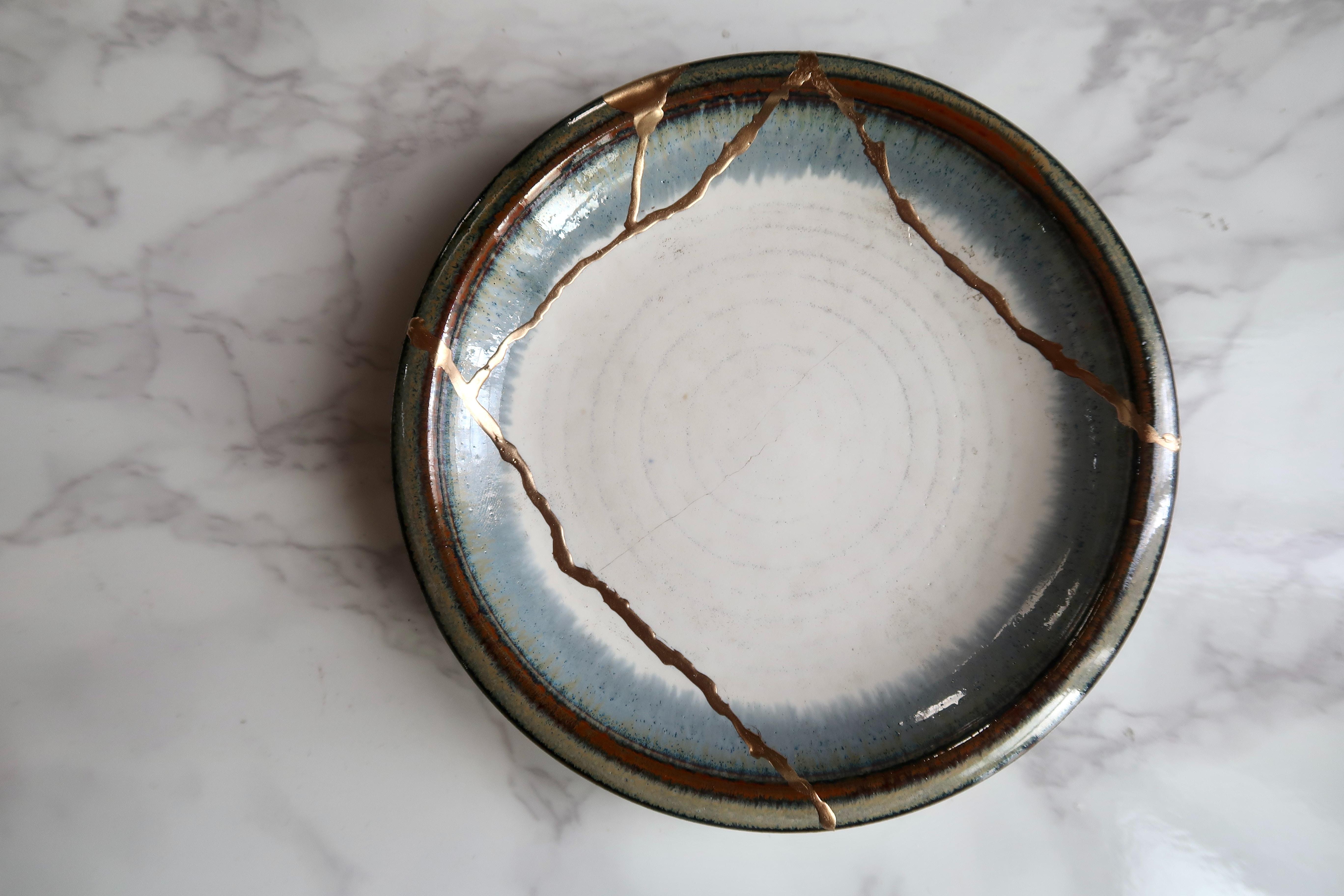
Japanese culture is full of wonders and wisdom. One of their traditional method to repair the tea-ware with lacquer and metallic powder is Kintsugi. Kin stands for gold and stugi for reconnect. Yobitsugi is similar to this approach. The broken surface of a deteriorating object is replaced by a new program and different material language- this juxtaposition created by inserting new pieces to create a contrast is yobitsugi. It is the patchwork of new and old pieces whereas the Kintsugi is bringing all the original pieces together.
The Japanese believed that once an object is broken, that event becomes a part of its history. They contrast the western belief of wanting things to look – as good as new. Instead they have a tendency of celebrating the process and so by adopting kintsugi or yobitsugi, they give a new appearance to the object, signifying a rebirth.
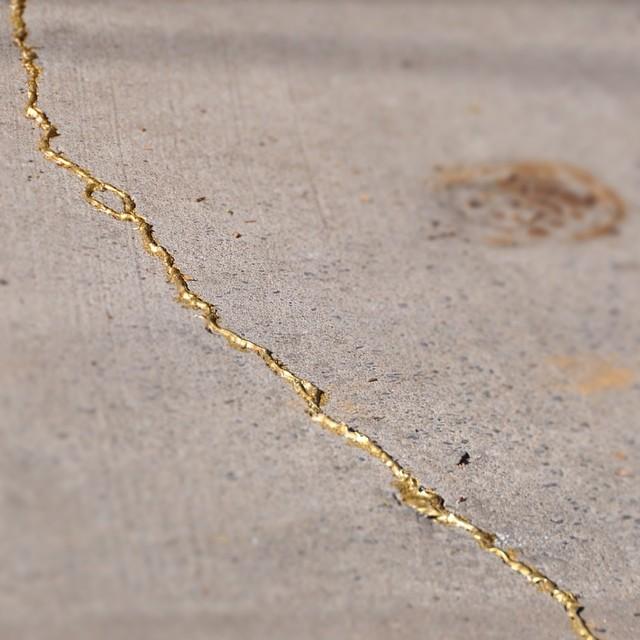
Céline Santini in Kintsugi: Finding Strength in Imperfection says “The Way of Kintsugi can be understood as a kind of art therapy, inviting you to transcend your struggles and transform your personal hardships into gold.” In recent times, Kintsugi and Yobitsugi are not limited to tea-ware and other ceramic vessels. It is also used in painting, jewellery designing and architecture.
Many modern architects use these Japanese techniques - Kintsugi and Yobitsugi. It is undisputed that fissures appear on the constructed surface for one or the other reason. It is inevitable and an unsettling sight to the eyes. The construction industry tends to avoid such marks of inefficiency. At this time, there are designers who employ kintsugi to hide the cracks or crevices in plain sight. These works are often striking, appealing and muse worthy.
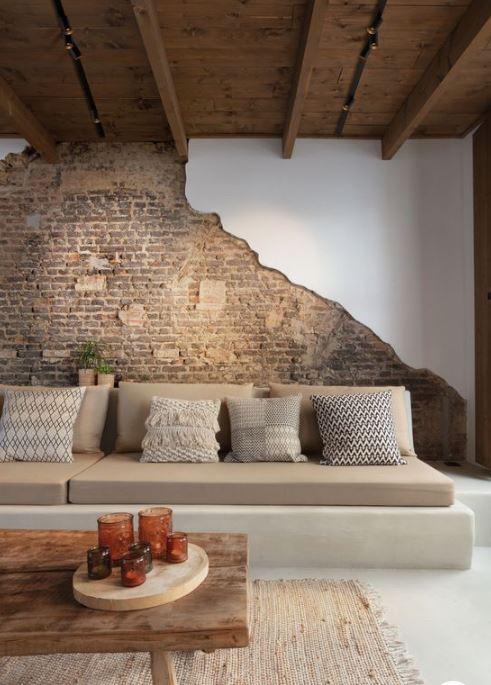
Buildings often undergo renovations to be transformed into more useful spaces. It shows an organic outgrowth over the course and demands replacing the interiors or exteriors filled with innovation. The Menokin Glass House Project is an example of Yobitugi Architecture. It was not reconstructed in a way it used to be, rather a layer of transparency was added to portray its social, political and economic history. Machado Silvetti Architects reconstructed the parts of interior like the floor and the outer façade with glass, instead of the originally used building materials.
The Japanese techniques of Kintsugi and Yobitsugi are an inspiration to move on with a stronger self. It is about respecting the journey and finding beauty in the imperfection. No doubt that such a powerful legacy of Japanese civilization is still alive till date. Designing with the philosophies of past wrapped within the lore, can give out an unexpected outcome which ties the society with a resilient bond.
Recently Published
loves or pursues or
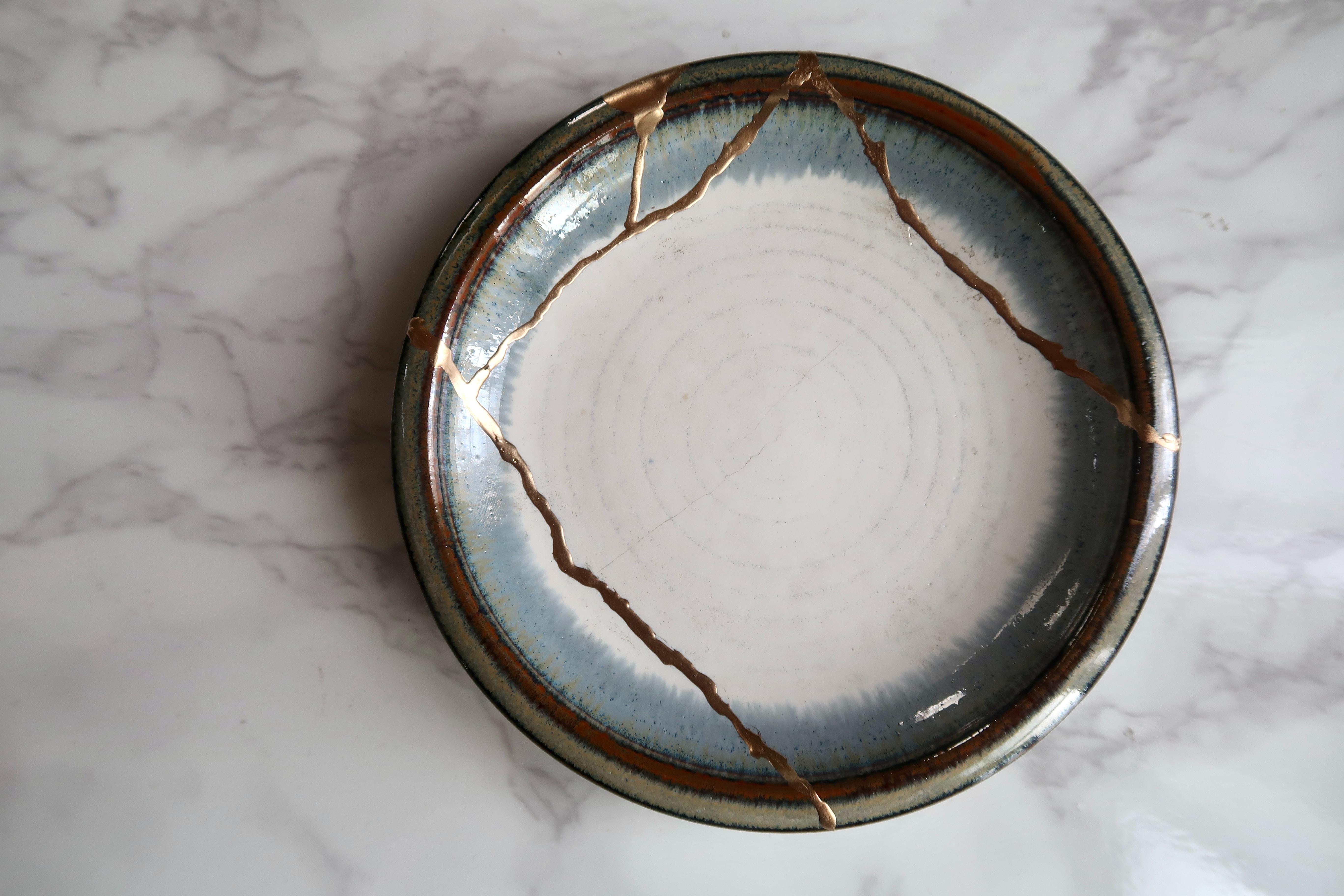 Yobitsugi – Inspiration To Design
Yobitsugi – Inspiration To Design
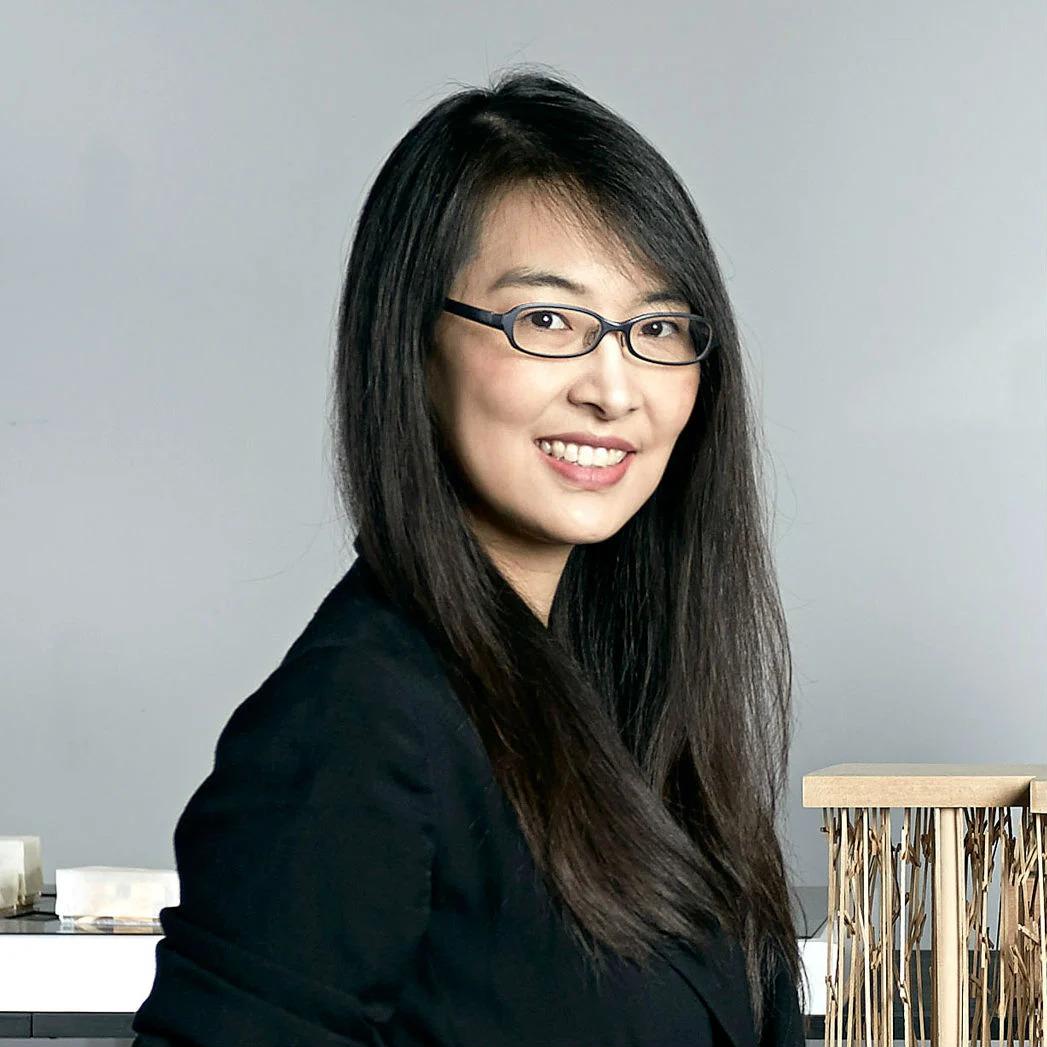
.jpg)


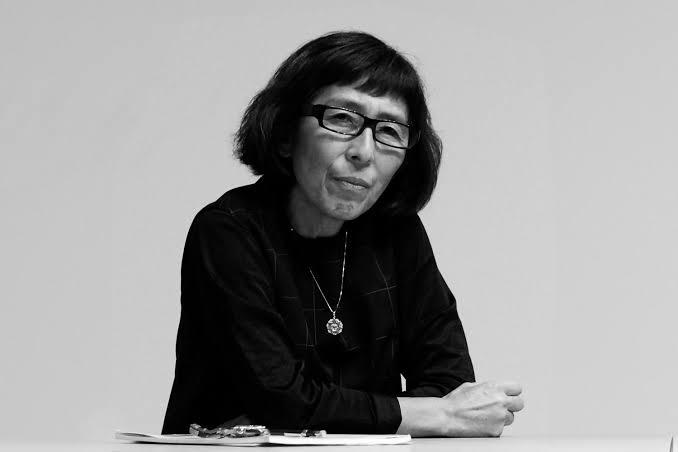



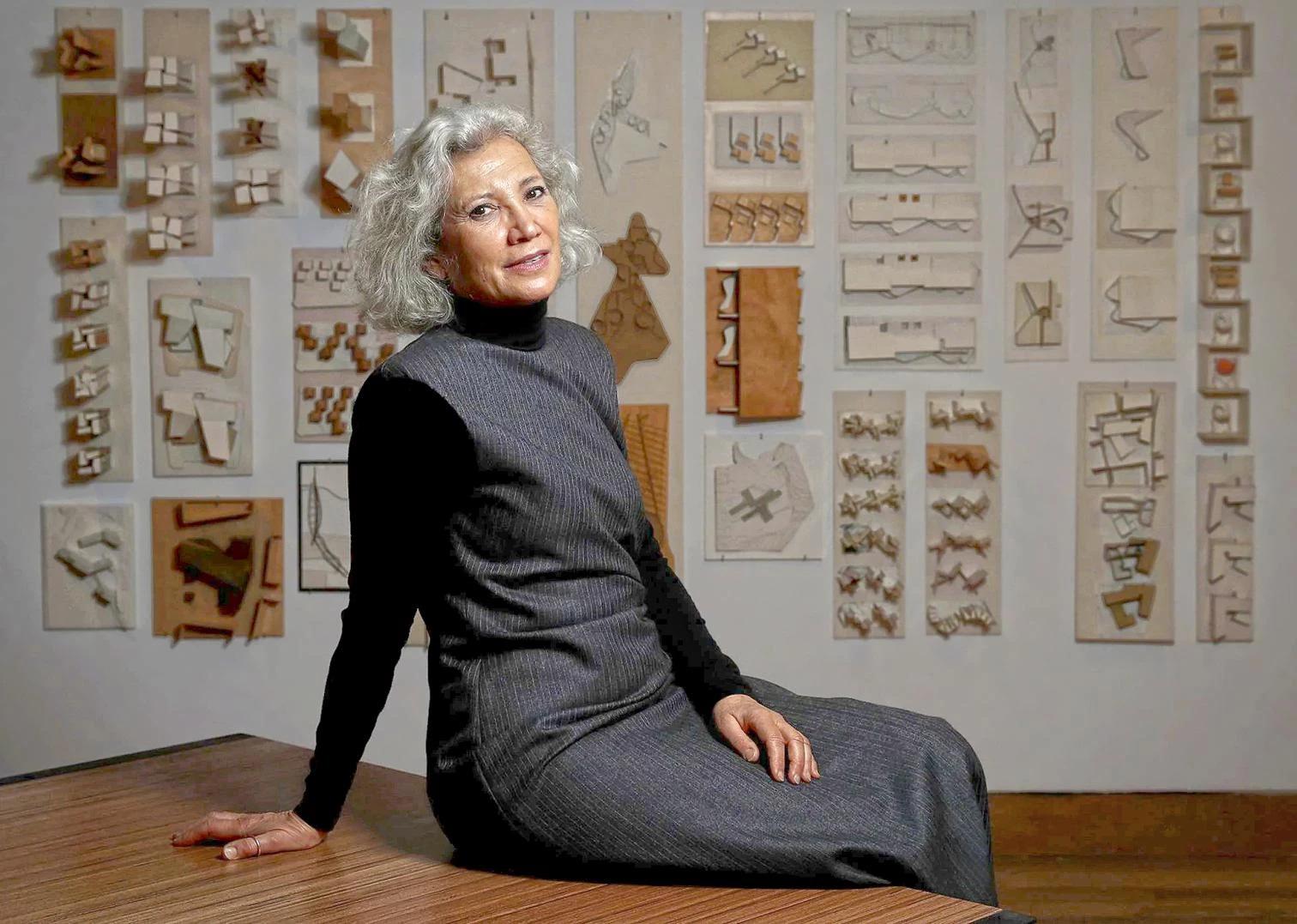
.jpg)